A Piece of the Moon
What counsel has the hooded moon
Put in thy heart, my shyly sweet,
Of Love in ancient plenilune,
Glory and stars beneath his feet
A sage that is but kith and kin
With the comedian Capuchin?
Believe me rather that am wise
In disregard of the divine,
A glory kindles in those eyes
Trembles to starlight. Mine, O Mine!
No more be tears in moon or mist
For thee, sweet sentimentalist.
-James Joyce
Pearl
Those born in June are sociable, humourous, and talkative. Born under the zodiac Gemini, June borns often exhibit childlike traits and are cheerful, restless, and full of life. They are very intelligent and are extremely inquisitive in nature. And just as a child is both soothed and intrigued by the silvery hues of the moon, the moon like pearl and moonstone are the birthstones of these candid, trusting individuals.
According to South Asian mythology, pearls were dewdrops from heaven that fell into the sea, caught by shellfish under the first rays of the rising sun, during a period of full moon. A tale of childlike innocence, wonder, and magic for the childlike June born!
Unlike most gemstones of mineral origin that are found within the Earth, pearls have an organic origin. Pearls are made mostly of aragonite, a relatively soft carbonate mineral (CaCO3) that also makes up the shells of mollusks. They are created inside the shells of certain species of oysters and clams when an irritant such as a very small fragment of rock, a sand grain, or a parasite enters the mollusk’s shell. It irritates the oyster or clam, much like a dust particle would irritate our eyes, and the mollusk responds by coating the foreign material with layer upon layer of shell material. Pearls formed on the inside of the shell are usually irregular in shape and have little commercial value. However, those formed within the tissue of the mollusk are either spherical or pear-shaped, and are in high demand for jewellery. Many pearls today are cultured in oyster farms that sustain a thriving pearl industry.
Pearls possess a uniquely delicate translucence and luster that place them among the most highly valued of gemstones. The colour of the pearl depends on the species of mollusk that produced it, and its environment. White is perhaps the best-known and most common colour. However, pearls also come in delicate shades of black, cream, gray, blue, yellow, lavender, green, and mauve. Black pearls can be found in the Gulf of Mexico and waters off some islands in the Pacific Ocean. The Persian Gulf and Sri Lanka are well-known for exquisite cream-coloured pearls called Orientals. The journey a pearl goes through to create a piece of jewellery is a miraculous event. Gemstones must be cut and polished to bring out their beauty, but pearls need no such treatment to reveal their loveliness.
Pearls were used in medicine as early as 2000 BC in China, where they were believed to represent wealth, power, and longevity. In Europe, pearls were used in medicine till as recently as the 17th century. Arabs and Persians believed it was a cure for various kinds of diseases, including insanity. Even to this day, lowest-grade pearls are ground for use as medicine in Asia. In India, warriors encrusted their swords with pearls to symbolize the tears and sorrow that a sword brings. According to Vedic Astrology, Moon reflects the human mind and has a profound impact on our thinking. Pearls maintain the stability of the mind and improve confidence.
Moonstone
June’s second birthstone is the moonstone. This gemstone belongs to the family of minerals called feldspars, an important group of silicate minerals commonly formed in rocks. Feldspar occurs in many igneous and metamorphic rocks. Feldspars of gem quality are aluminosilicates (minerals containing aluminum, silicon and oxygen), that are mixed with sodium and potassium. The best moonstones are from Sri Lanka. They are also found in the Alps, Madagascar, Myanmar (Burma), and India.
Moonstones are believed to be named for the bluish white spots within them, that when held up to light project a silvery play of colour much like moonlight. When the stone is moved back and forth, the brilliant silvery rays appear to move about, like moonbeams playing over water.
The ancient Romans believed that the moonstone changed in appearance with the phases of the moon, a belief that persisted until the sixteenth century. They also believed that the image of Diana, Goddess of the moon, was enclosed within the stone. Moonstones were believed to have the power to bring victory, health, and wisdom to those who wore it.
In India, the moonstone is considered a sacred stone and is often displayed on a yellow cloth – yellow being considered a sacred colour. The stone is believed to bring good fortune, aided by a spirit that lives within the stone. Moonstone helps to soothe and balance emotions. It assists in achieving a balance between heart and mind effectively.
In the Eastern cultures, Moonstone was also the gemstone of LOVE. They believed that wearing or carrying a moonstone would bring new love. Moonstone fosters happiness, gracefulness, good fortune, hope, spiritual insight, easy childbirth, safe travel on water, new beginnings, abundance, and ancient wisdom.
If you are a June born and would like to own a piece of the moon in exquisite jewellery, visit us at Gehna and talk to our design team on the fascinating ways you can wear pearls and moonstones. Customize your own unique masterpiece by highlighting the subtle luster of these gemstones with the occasional sparkle of the extremely well paired diamonds. And if you are not one born under the dreamy sheen of the moon, maybe we have tempted you enough to own some moonbeam anyway?
If you enjoyed reading our article on pearls, you might also be interested to have a look at our ‘Evergreen Emeralds’ article.
View our Pearl Jewellery Collection: Pearl Jewellery | Pearl Earrings | Pearl Jhumki | Pearl Pendants | Pearl Hook Earrings
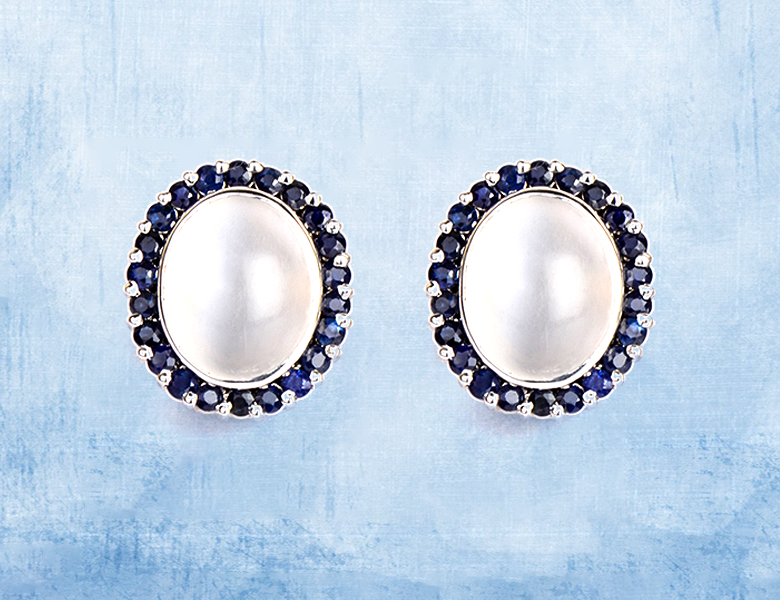

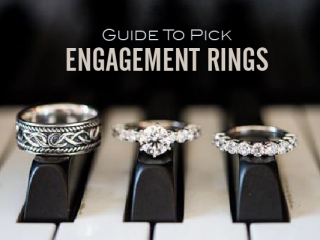


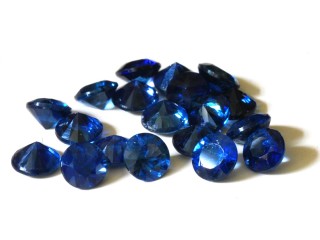

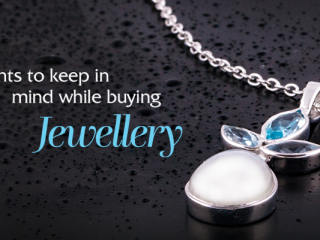
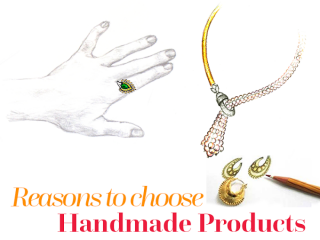

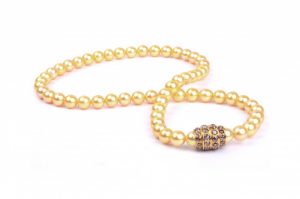

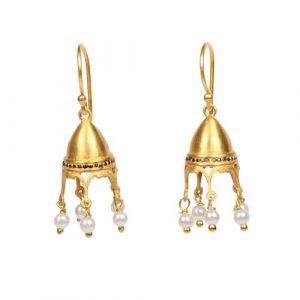
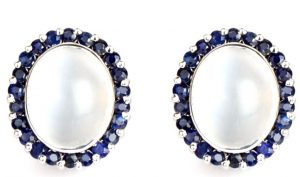


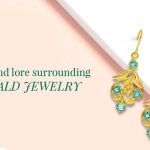
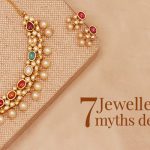




1 Comment